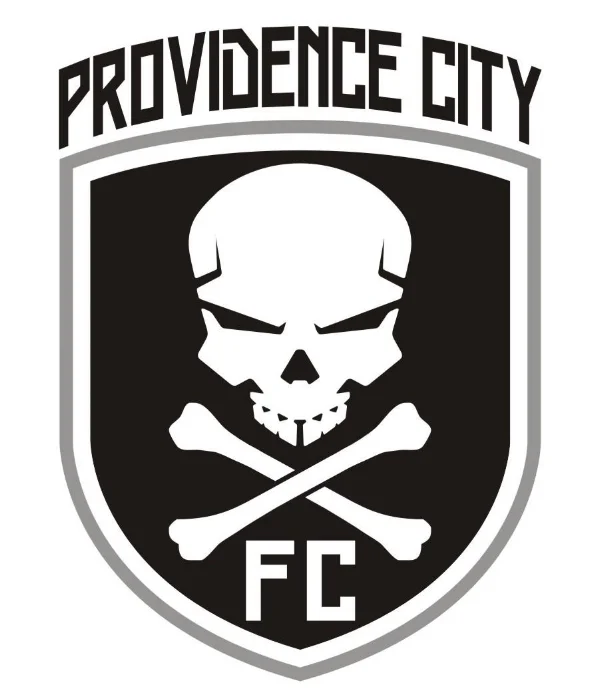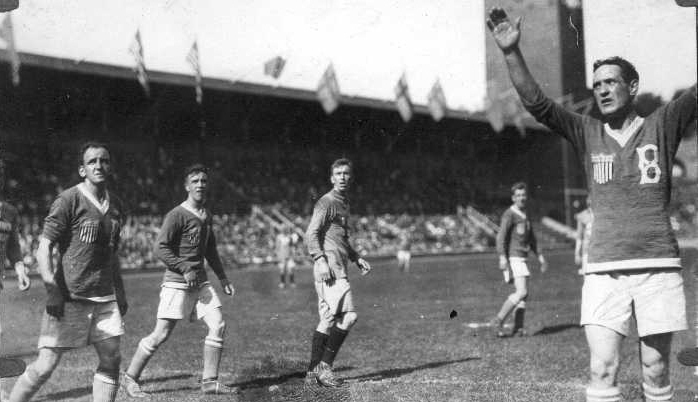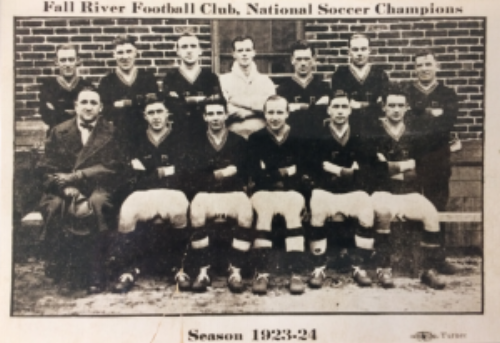The Cannibal Club and the Search for Soccer Immortality
For the rest of our spooky, soccer-themed Halloween content, hit up our homepage for Cracking the Crypt!
“Remarkable boy. I do admire your courage. I think I'll eat your heart.” - Hannibal Lecter, Red Dragon
One of the oldest taboos in the world, cannibalism has been practiced throughout time and all over the world. The act of eating human flesh and organs has appeared in various folk tales such as “Hansel and Gretel” and even in Greek mythology with the story of Thyestes, whose son was eaten by his brother and king Atreus. In various lore, the act of eating another human being was even thought as a way to gain strength and knowledge from the one consumed, and one could even attain immortality.
As we travel into modern society the idea of cannibalism is the one of grim tales and blockbuster movies. But what about in our sport of soccer? Not the idea of eating other humans, but the idea of one soccer club consuming another to gain strength and dominance in competition. Enter the Los Angeles Kickers, whose quest for national glory and soccer immortality saw the consumption of four different clubs. While, still in existence to this day, they are a former shell of what they have accomplished in the past. A team whose strong success led to many titles and whose players have etched themselves in American soccer history.
The Kickers were founded in 1951 by a few German-Americans, most notably Albert Ebert and Fritz Ermit. They entered the crowded Los Angeles market and joined the Greater Los Angeles Soccer league or GLASL. While they found state and national success, the GLASL title eluded them. Then in 1963 the Kickers would absorb their first club, Los Angeles Victoria, and the dynasty was born. The Kickers, or sometimes referred to as LA-KV, won the GLASL league title in 1963, 1964, and 1965. Feeding off their league success in '63 and '64 the Kickers consumed Germania SC in 1965 and rebranded as the Los Angeles Soccer Club. After their title in '65 the Kickers began to fade from prominence. In an attempt to achieve glory once again, the Los Angeles Soccer Club consumed the Hollywood Stars SC in 1972 and then Almenia '69 in 1975, but they never achieved the success they once had.
The Kickers are one of the most decorated clubs in American soccer history. They won their first state title in 1956, five years after conception, and then won it from 1958 to 1965. During that seven year time period they went on to win their three league titles and two U.S. Open Cup titles. They appeared in the three open cup finals: the first in 1958 where they beat Baltimore Pompei 2-1, they lost to the Philadelphia Ukrainian Nationals in 1960 with a scoreline of 5-3 and got revenge in 1964 by beating the Ukranians 4-2. In 1964 the Kickers would go on to have one of the greatest seasons of American soccer history winning four titles: the GLASL league title, the Douglas Cup (Southern California), the Cal State Cup and the U.S. Open Cup.
With help from the Los Angeles Kickers, Southern California became a hotbed for soccer. Teams from all over the world, like Manchester United and 1860 Munich would come down to play in front of large crowds and often against the Los Angeles competition. In 1963, the Kickers would even go on an overseas tour to places like New Zealand, Australia and even played against Eintracht Frankfurt in front of 1500 German fans at the Riederwaldstadion, a stadium that was used by the Frankfurt U-23 until 2008.
The Kickers also contributed to the United States Men's National Team. Helmut Bicek earned five caps and two goals, including one goal in the 1965 2-2 tie against our biggest rival Mexico. Another Kicker Eberhard Herz earned one cap in World Cup qualification against Mexico. Herz also scored in the 1960 U.S. Open Cup final loss. One of the most famous Kickers was Willie Carson. While Carson only earned one cap with the USMNT, he was often the main source of goal scoring success for Los Angeles. He is known for his two goal game in the 1958 U.S. Open Cup final, but also had many multi-goal games in league play. Traverse old newspaper archives and his name is plastered throughout GLASL results. The other big name in Kicker's history is ten year captain Al Zerhusen, who earned at least 10 caps, played in the Pan-American games and even in the 1960 Olympics. Zerhusen was a high scoring midfielder who often won the GLASL golden boot.
Unfortunately most of the Kickers history has been lost with time and is often over-shadowed by the giants of East Coast soccer history. But unlike the many clubs from the East Coast who have faded away over time, the Kickers or the Los Angeles Soccer Club still exist to this day. While they may have achieved soccer immortality, their cannibalistic nature could not keep the club at the heights of glory and they remain a hollow shell of their past, but they live nonetheless.






















